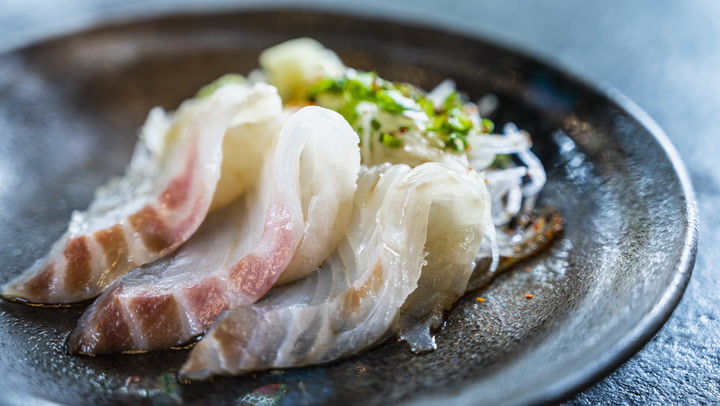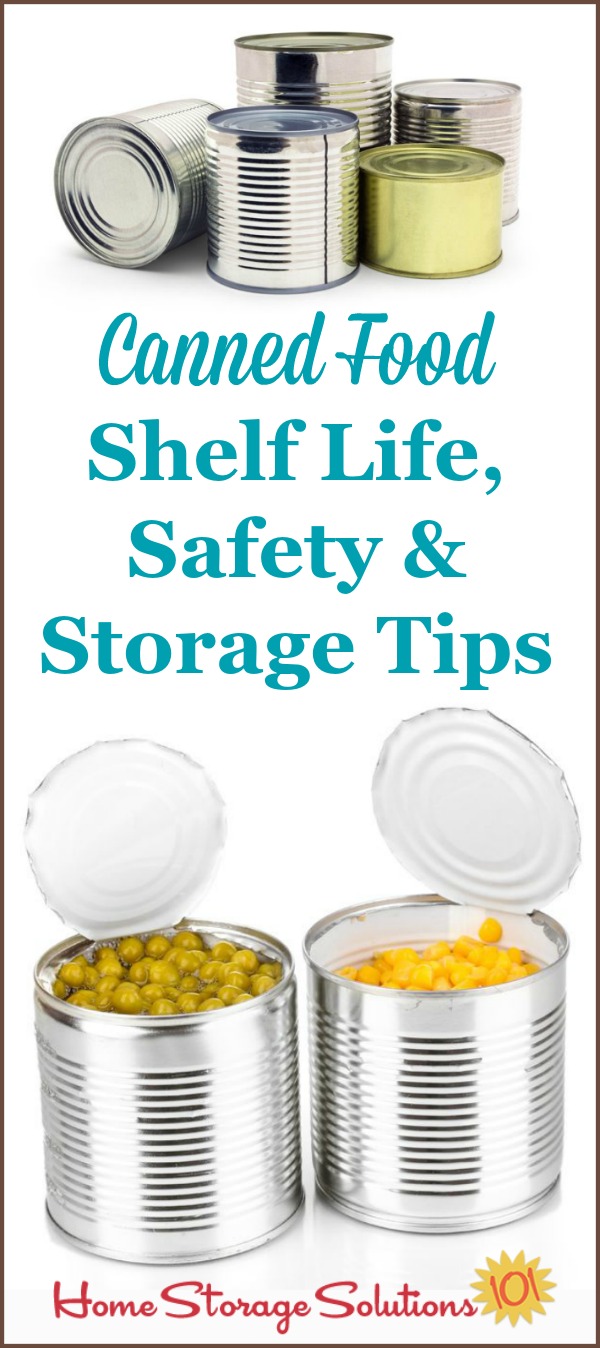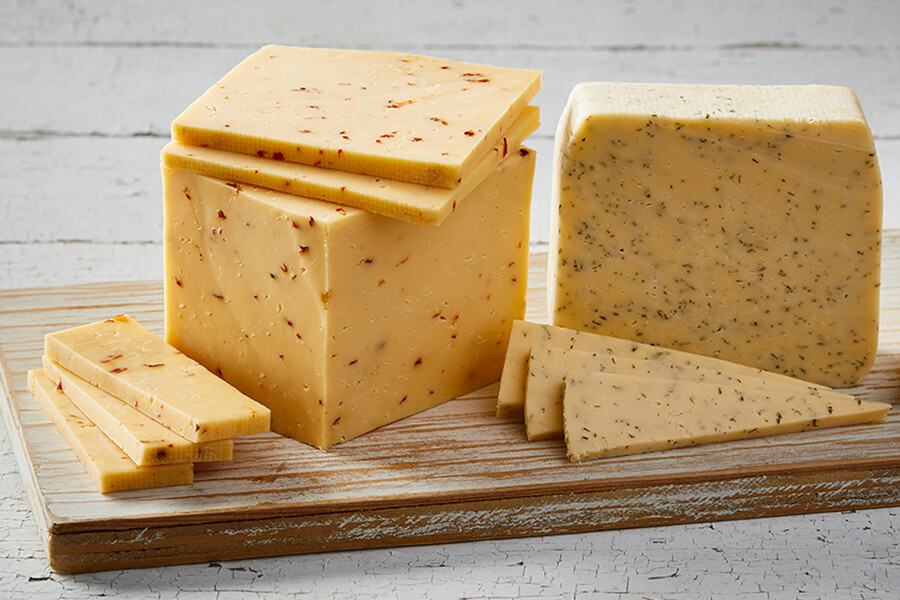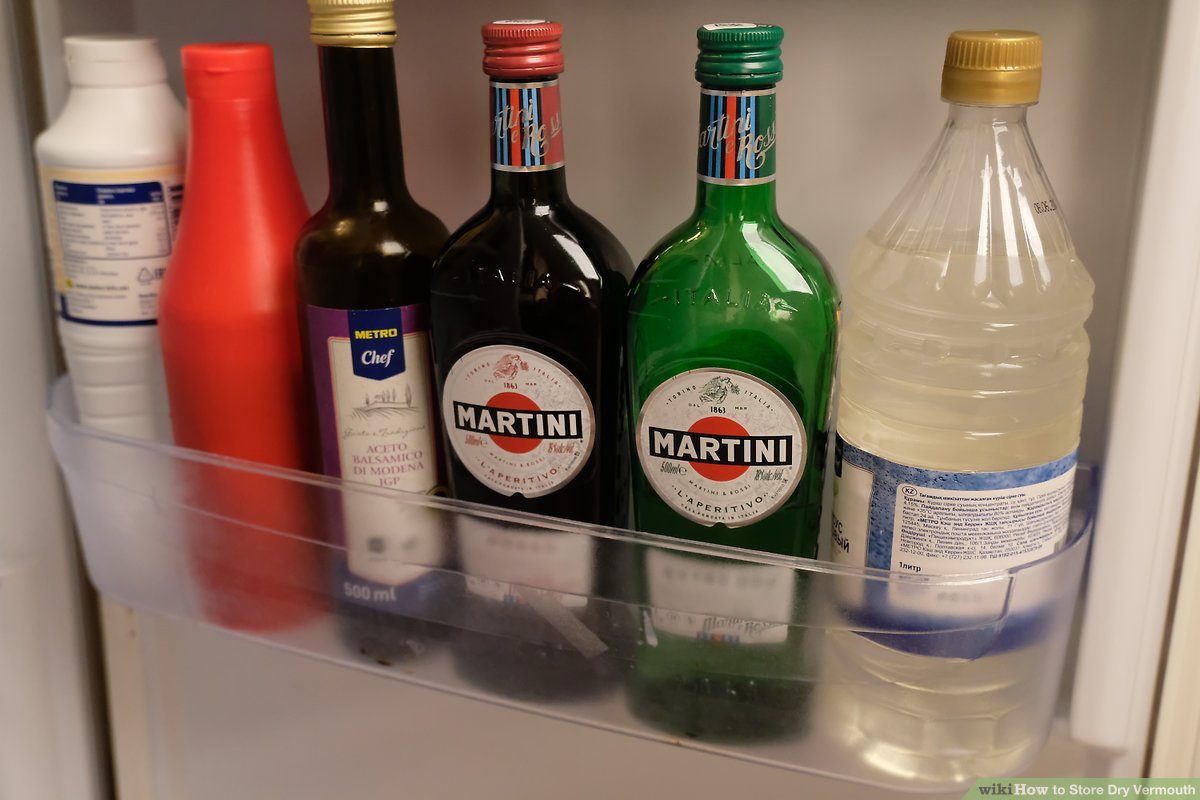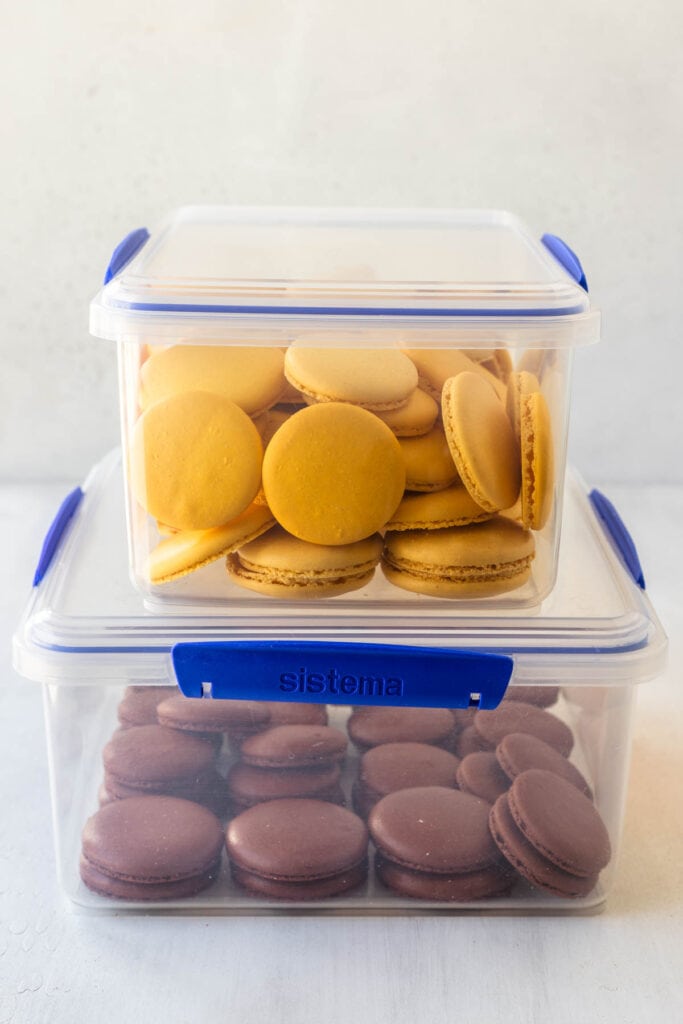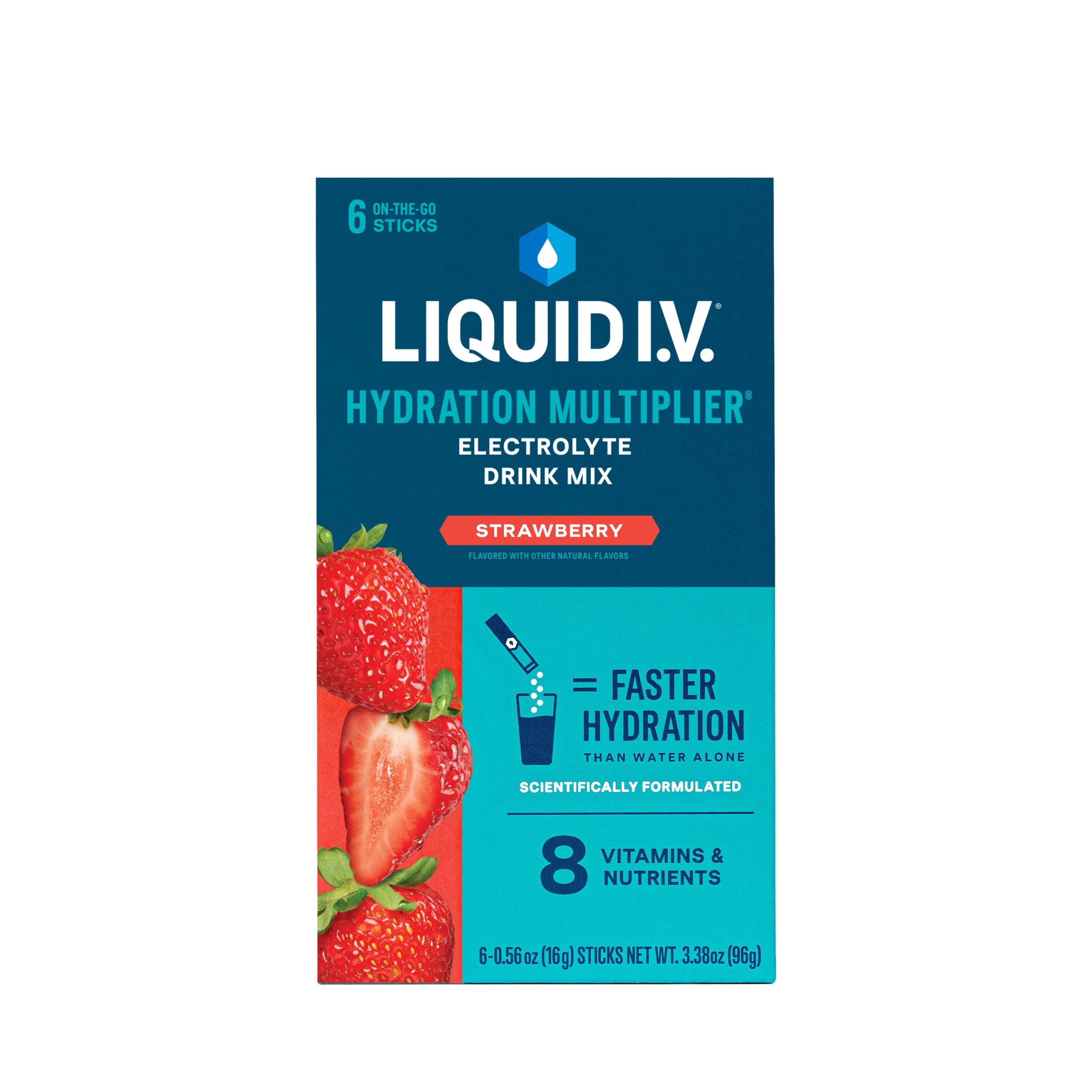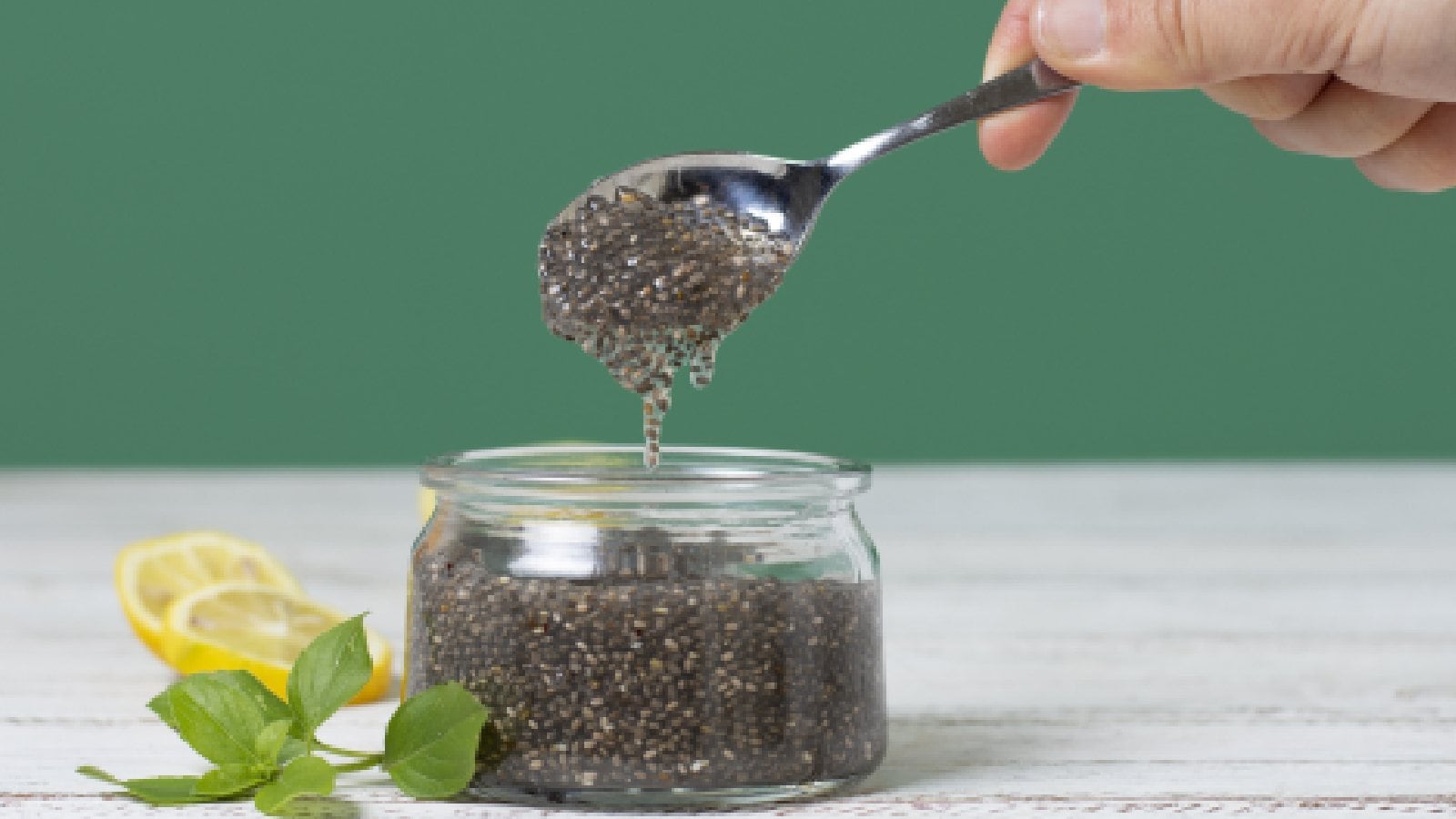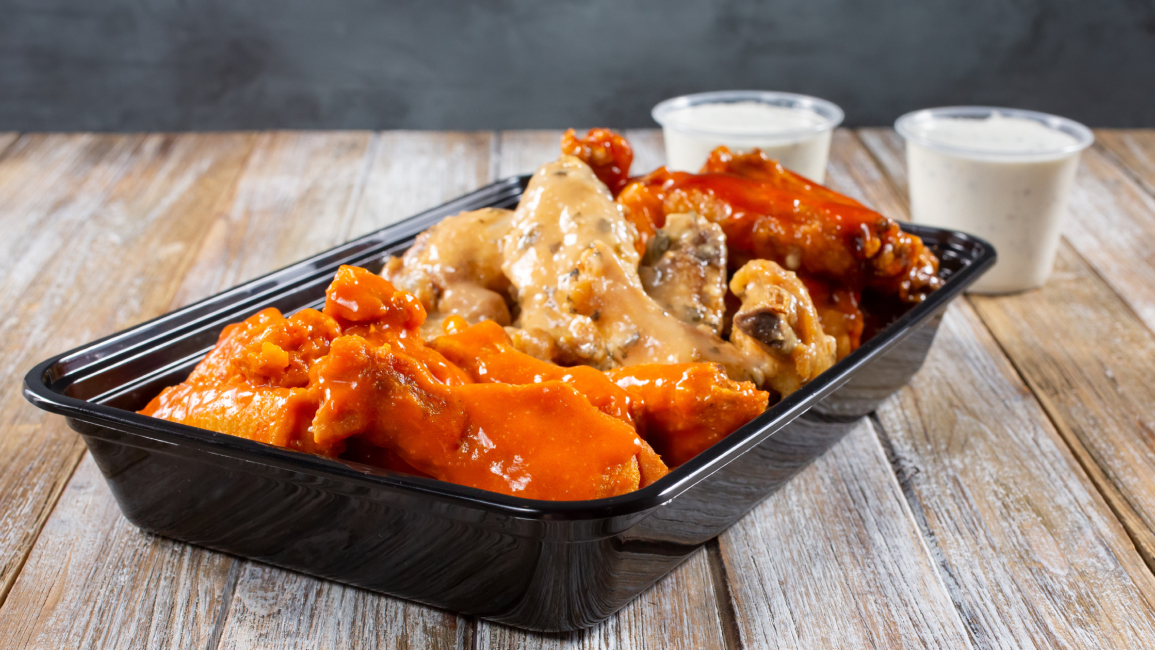– Liquid I.V. is an electrolyte powder company founded by Brandon Cohen in 2012.
– In 2020, Unilever bought Liquid I.V.
– Liquid I.V. offers various pre-packaged electrolyte powders that are intended to support hydration.
– The company claims that their Cellular Transport Technology (CTT®️) is better at hydrating than water alone.
– Pros: convenient on-the-go packets, enjoyable taste, wide variety of flavors, helpful for rehydration during exercise or excessive fluid losses.
– Cons: some may find it expensive, strong Pina Colada flavor may be unappealing, not unique compared to other electrolyte powders, not certified safe for sport.
– Liquid I.V.’s products are intended to be used as electrolyte replacements.
– Additional ingredients are added depending on the product’s intended benefits.
– To use a Liquid I.V. product, pour one packet into 16 ounces (473 mL) of water and mix well.
– Liquid I.V. products meet the standards to be classified as an oral rehydration solution (ORS) according to the World Health Organization.
– The ingredients in Liquid I.V. products are similar to many other electrolyte powders on the market, including stevia leaf extract, cane sugar, dextrose, potassium citrate, dipotassium phosphate, salt, sodium citrate, citric acid, natural flavors, silicon dioxide, vitamin C, and B vitamins.
– Liquid I.V. products do not contain gluten, GMOs, dairy, soy, or artificial sweeteners.
– They contain 11g of carbs and 10g of sugar, which may not be suitable for those following a ketogenic (keto) diet or trying to limit sugar intake.
– Liquid I.V. products do not contain certain electrolytes such as calcium, chloride, and magnesium.
– The prices of Liquid I.V. supplements range from $1.52 to $2.40 per serving, depending on the product. Bundles are available for savings.
– Free standard shipping is offered within the United States, while expedited shipping costs $15.
– Liquid I.V. has a 4.7-star rating out of 5 on Amazon with over 99,798 global ratings.
– Liquid I.V. has donated 33.3 million servings of its product to people in need globally.
– Alternative options to Liquid I.V. include Bare Performance Nutrition Electrolytes, Nuun Sport Hydration Tablets, and Gnarly Nutrition Gnarly Hydrate.
– Bare Performance Nutrition Electrolytes is lower in cost than Liquid I.V. and has certifications ensuring it is free from banned substances in competitive sport.
– Nuun Sport Hydration Tablets have slightly less sodium and are low in sugar.
– Gnarly Hydrate has less sugar and sodium compared to Liquid I.V. and is also cheaper.
– It is generally not necessary for the average person to drink Liquid I.V. or any other electrolyte supplement every day.
– Individuals who engage in vigorous exercise, hard labor, or are in a humid environment where they sweat a lot may benefit from daily consumption.
– People with hypertension or those on a low-sodium diet should consult a healthcare professional before trying Liquid I.V.
– Liquid I.V. is likely safe for the kidneys for the average person.
– However, individuals with kidney disease should monitor their sodium and potassium intake and may find Liquid I.V. unsuitable for them.
Continue Reading
